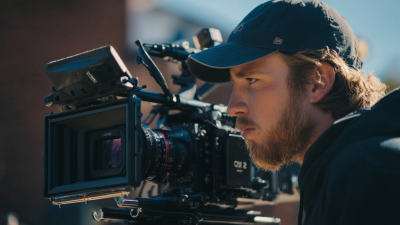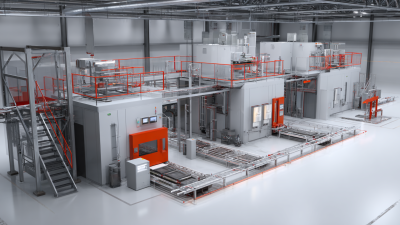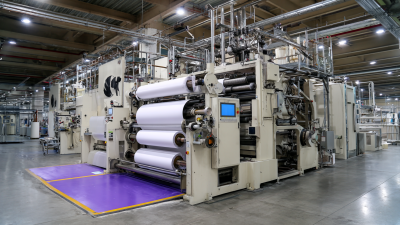
Leave Your Message

The textile finishing industry is witnessing a technological revolution, particularly with the advent of the Garment Bronzing Machine. This innovative equipment not only enhances the aesthetic appeal of fabrics but also allows manufacturers to achieve higher efficiency and consistency in their finishing processes.
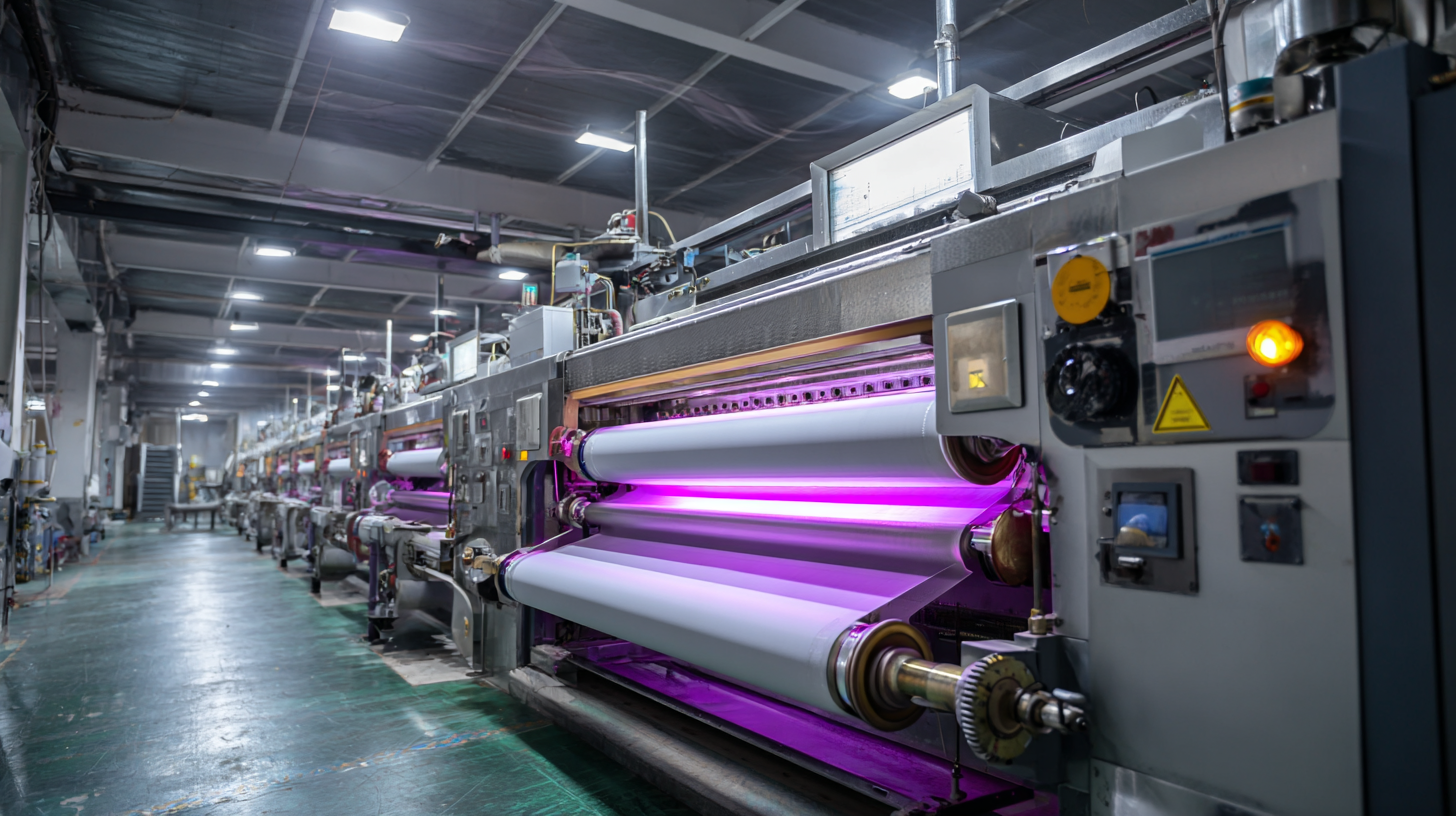
According to a report by MarketsandMarkets, the global textile finishing market is projected to reach USD 31.8 billion by 2025, driven by the growing demand for fashionable and functional textiles. The Garment Bronzing Machine stands out as a critical player in this sector, providing unique features such as metallic and reflective finishes that can significantly elevate a garment's market value.
As brands increasingly prioritize sustainability and innovative design, the integration of this machine into textile production is becoming indispensable, paving the way for high-performance, visually striking products that meet consumer demands.
The textile finishing industry has undergone significant transformations over the years, driven by technological advancements and changing consumer demands. One of the most noteworthy innovations in this field is the garment bronzing machine. This technology not only enhances the aesthetic appeal of textiles but also improves their durability and performance. By applying a unique bronzing effect to fabrics, these machines can give garments a sophisticated, polished look, making them more attractive to consumers.
Garment bronzing machines have revolutionized the way textiles are finished by introducing a range of capabilities that were previously unattainable. The intricate bronzing process can add depth and texture to fabrics, allowing designers to experiment with new styles and finishes. This evolution in textile finishing has not only expanded design possibilities but also increased efficiency in production, allowing manufacturers to meet the fast-paced demands of the fashion industry. As the importance of sustainable practices rises, these machines also play a critical role by minimizing waste and energy consumption compared to traditional finishing methods, thus contributing to a more eco-friendly approach in textile production.
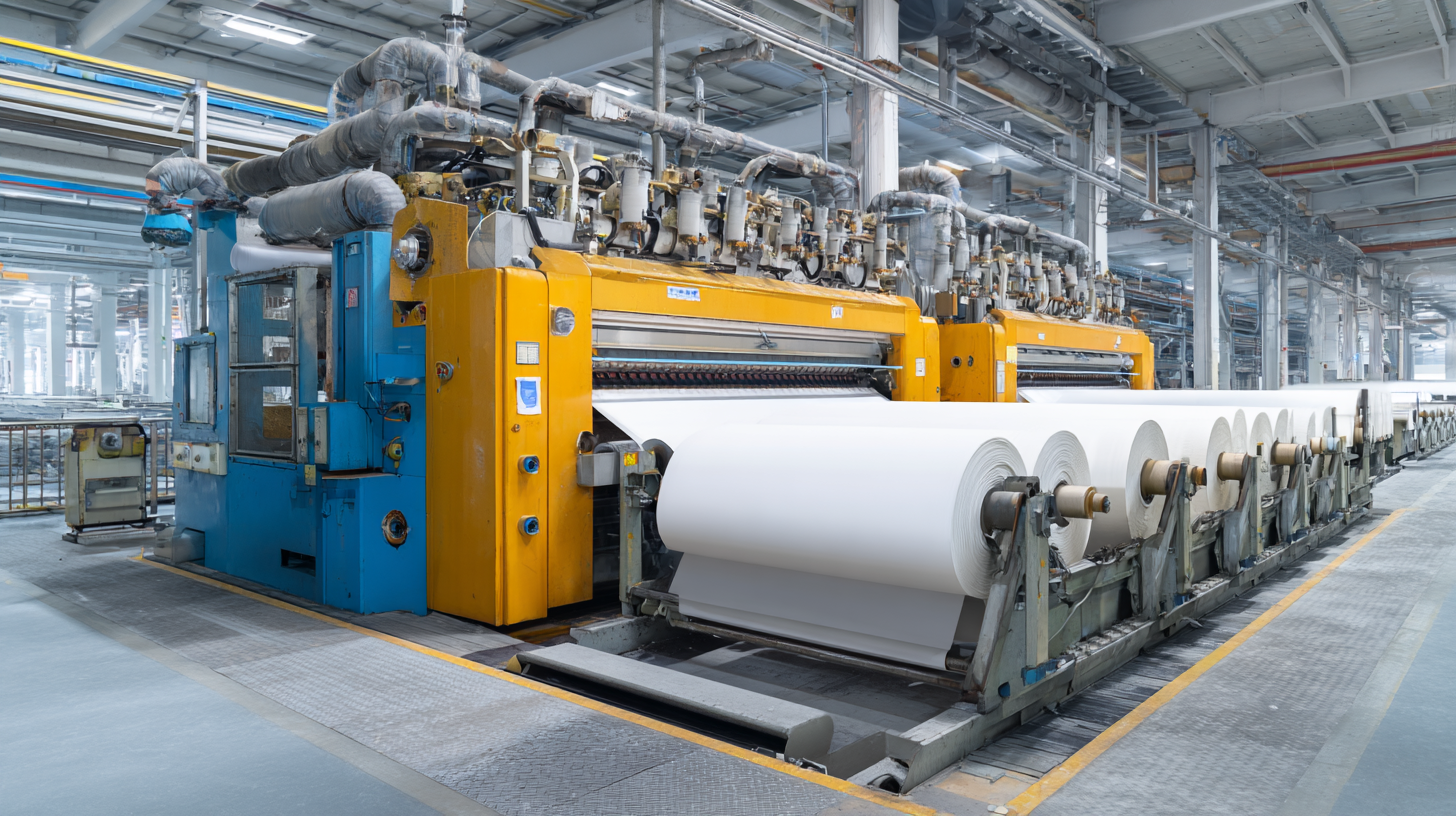 Garment bronzing machines have revolutionized textile finishing, offering a high level of customization and innovation in production. These machines employ advanced technology to enhance fabric aesthetics by applying a metallic finish, which not only adds visual appeal but also improves the tactile quality of garments. According to a recent report from the Global Textile Machinery Market, the demand for such specialized equipment is expected to grow by approximately 15% annually over the next five years, driven by a surge in consumer preference for unique and premium textile products.
Garment bronzing machines have revolutionized textile finishing, offering a high level of customization and innovation in production. These machines employ advanced technology to enhance fabric aesthetics by applying a metallic finish, which not only adds visual appeal but also improves the tactile quality of garments. According to a recent report from the Global Textile Machinery Market, the demand for such specialized equipment is expected to grow by approximately 15% annually over the next five years, driven by a surge in consumer preference for unique and premium textile products.
The technology behind garment bronzing involves the precise application of bronzing agents, which can be integrated into the production line with minimal disruption. This seamless integration allows manufacturers to achieve intricate designs while maintaining productivity. A study by Textile World reveals that brands utilizing bronzing machines report a 30% increase in sales for bronzed garments compared to those that rely solely on traditional finishing methods. This data highlights the competitive edge provided by garment bronzing technology, making it an essential consideration for textile producers aiming to stay ahead in a rapidly evolving market.
Garment bronzing machines are revolutionizing the textile finishing process by enhancing the aesthetics of fabrics in unprecedented ways. These innovative machines utilize advanced techniques to apply a bronzed finish to garments, significantly increasing their visual appeal. The resulting shimmering effects create a luxurious and eye-catching texture, making garments stand out in a competitive market. This transformation not only elevates the overall look but also attracts consumers who are increasingly seeking unique and high-quality products.
The key benefits of using garment bronzing machines extend beyond mere aesthetics. They contribute to sustainability efforts within the textile industry by reducing waste and energy consumption during the finishing process. With the growing emphasis on green production, these machines allow manufacturers to meet environmental standards while still delivering exceptional quality. Furthermore, as the textile machinery market continues to evolve, the adoption of garment bronzing machines could play a crucial role in shaping future production methods, ultimately driving innovation in fabric design and finishing techniques.
| Feature | Description | Benefit |
|---|---|---|
| Enhanced Aesthetics | Applies a metallic finish to fabrics to create a shiny and visually appealing surface. | Increases product value and attractiveness to consumers. |
| Versatility | Can be used on various fabric types including cotton, polyester, and blends. | Allows manufacturers to expand their product range. |
| Efficiency | Incorporates automated processes for quicker application and minimal manual intervention. | Reduces production time and labor costs. |
| Durability | Creates a lasting finish that withstands normal wear and washing. | Enhances customer satisfaction and repeat purchases. |
| Customization | Offers options for different colors and finishes based on client preferences. | Meets diverse market demands and increases customer engagement. |
Garment bronzing has emerged as a transformative process in textile finishing, significantly influencing market trends and consumer preferences. The ability to create unique textures and visual effects has led to a growing interest in bronzed garments, with industry statistics showing a marked increase in consumer demand for products that offer a differentiated aesthetic. In a world where individuality and personal style are paramount, brands that incorporate garment bronzing into their offerings are experiencing a competitive edge, appealing to fashion-forward consumers who seek out innovative designs.
To maximize the potential of bronzing in your textile line, consider the following tips: First, experiment with various bronzing techniques to find a signature look that resonates with your target audience. This could mean contrasting soft matte finishes with shiny gloss or incorporating metallic hues to enhance the visual appeal. Second, highlight the uniqueness of bronzing in your marketing strategy. Showcase the craftsmanship involved in each piece, as consumers are increasingly drawn to brands that tell a story through their products. By effectively communicating the quality and distinctiveness of bronzed garments, your brand can tap into evolving consumer preferences and boost market presence.
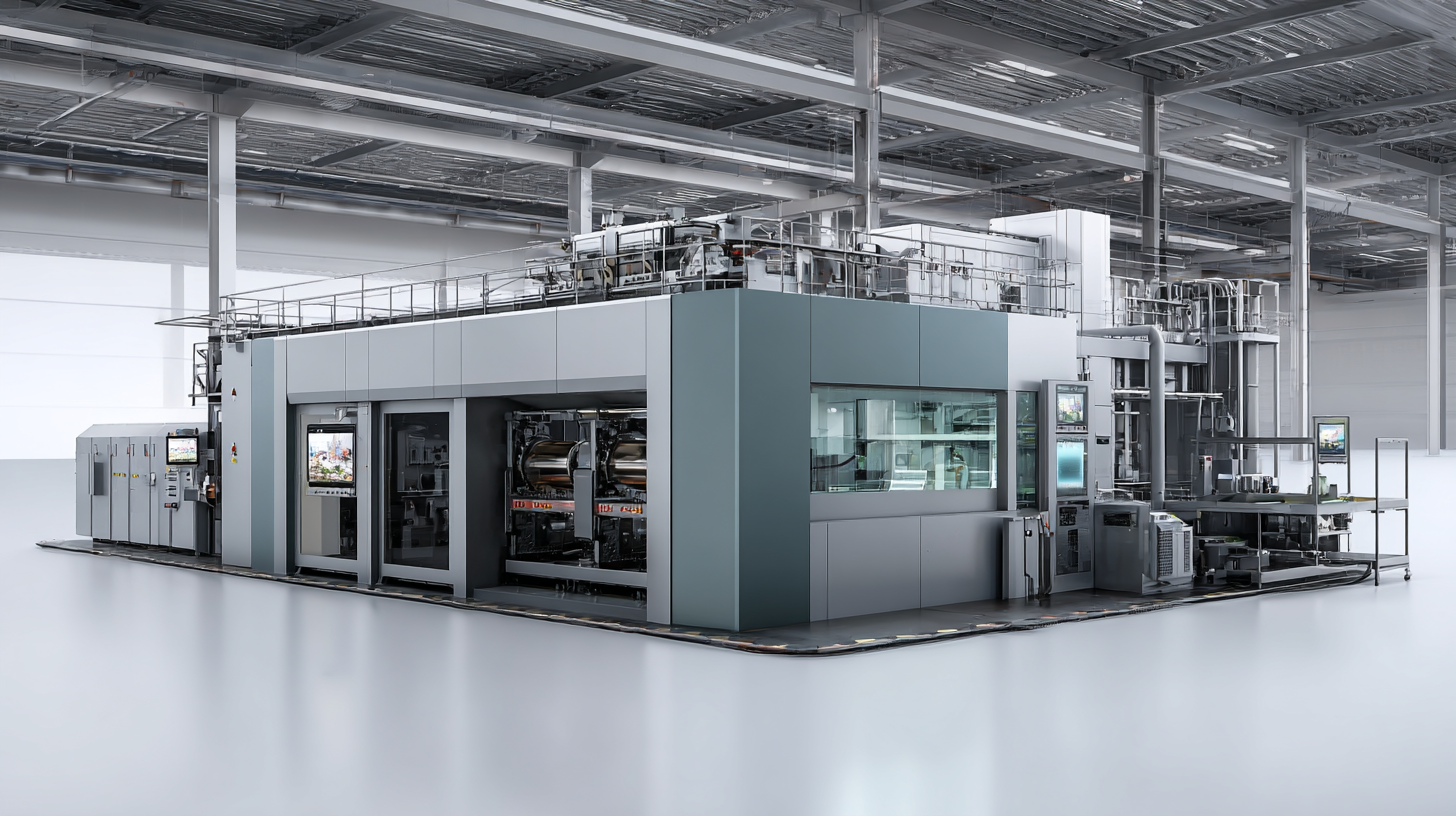 The garment bronzing machine, a transformative innovation in textile finishing, is paving the way for the future of fashion. As the industry increasingly prioritizes sustainability and efficiency, new advancements are anticipated. Recent reports indicate that the global textile finishing market is expected to reach USD 25 billion by 2025, driven by innovations like bronzing technology. This technique not only enhances the aesthetic appeal of fabrics but also contributes to the longevity and durability of garments. It employs environmentally friendly materials that minimize waste, aligning with the growing demand for sustainable fashion solutions.
The garment bronzing machine, a transformative innovation in textile finishing, is paving the way for the future of fashion. As the industry increasingly prioritizes sustainability and efficiency, new advancements are anticipated. Recent reports indicate that the global textile finishing market is expected to reach USD 25 billion by 2025, driven by innovations like bronzing technology. This technique not only enhances the aesthetic appeal of fabrics but also contributes to the longevity and durability of garments. It employs environmentally friendly materials that minimize waste, aligning with the growing demand for sustainable fashion solutions.
Looking ahead, the integration of artificial intelligence and machine learning into garment bronzing technology promises to revolutionize production processes. According to a study by Market Research Future, the applications of AI in textile manufacturing are projected to grow at a compound annual growth rate (CAGR) of 12% through the next decade. This could lead to more precise bronzing techniques, reducing the error rates and allowing for customized designs at scale. As industry leaders invest in R&D, we can expect to see enhanced efficiency, lower costs, and an expansion of design possibilities that adapt to market trends while meeting consumer demands for sustainability and innovation.
